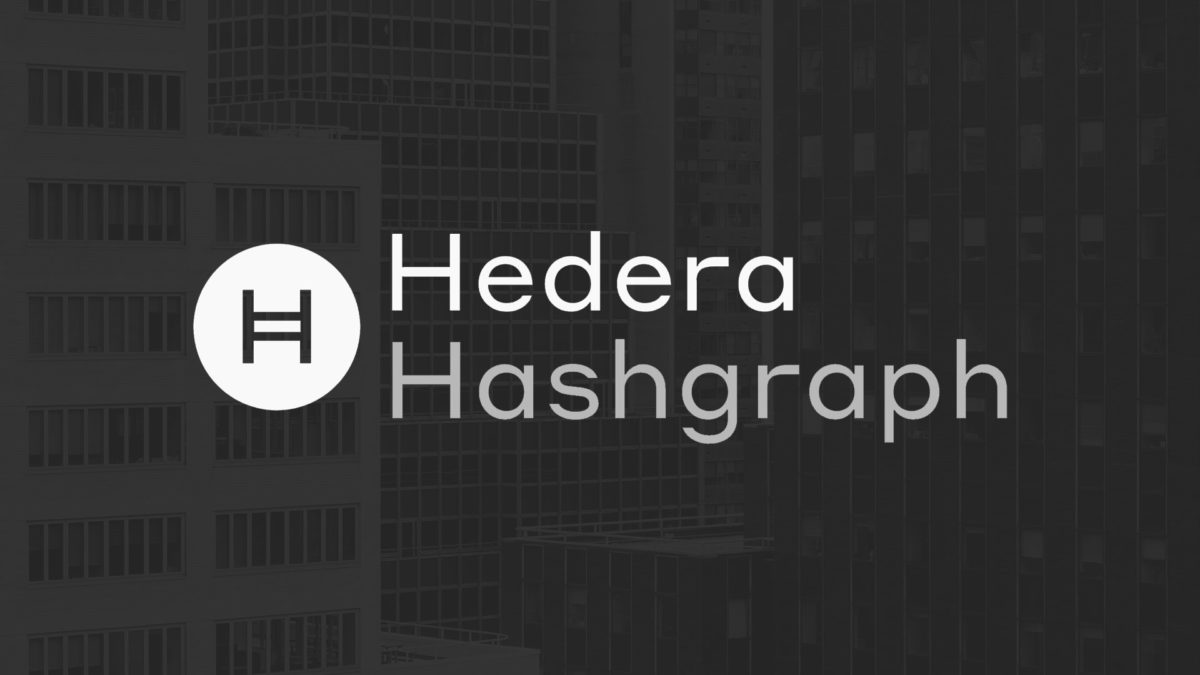
Founded in 2018 by Leemon Baird, Mance Harmon, and Zenobia Godschalk, Hedera Hashgraph (HBAR) is a public distributed ledger and governing body built from the ground up to support new and existing applications running at a web-scale. It uses distributed ledger technologies to build computational trust directly into its applications, which, in turn, allows businesses and individuals who might not know or trust each other to collaborate quickly and inexpensively. The public distributed ledgers helps in creating and exchanging value, verifying and authenticating important data, proving identity, and more.
Based in Richardson, Texas, United States, Hedera Hashgraph (HBAR) has raised a total of $125 million in funding from 7 rounds. The company is funded by 19 investors, including Boeing HorizonX Ventures, Tata Communications, BlacTower Capital, Vestinwolf Alternatives, among others.
Mance Harmon is the CEO and co-founder of Hedera Hashgraph (HBAR). He is an experienced technology executive and entrepreneur with over 20 years of strategic leadership experience in multinational corporations, government agencies, and high-tech startups. Dr. Leemon Baird, the co-founder and chief scientist of Hedera Hashgraph, has built the Hedera public network on the hashgraph distributed consensus algorithm. One major benefit of Hedera Hashgraph is that it does not require compute-heavy proof of work.
What problem does Hedera Hashgraph solve?
Hedera is a distributed ledger that resolves the factors that constrain the adoption of public DLT by the mainstream.
1. Hedera is the lone public ledger solution available in the industry that uses hashgraph consensus, which is a quicker and more secured alternative solution to blockchain consensus mechanisms. The hashgraph mechanism works more efficiently to verify transactions while achieving the utmost possible level of security, even when there are malicious attacks on the network.
2. Hashgraph is faster than Bitcoin or Ethereum blockchains, as it achieves high throughput with over 10,000 cryptocurrency transactions per second and low-latency. It benefits from its innovative gossip protocol and virtual voting.
3. Their network is governed by a council of up to 39 leading global enterprises. These council members bring much-needed experience in business and process expertise missing in previous public ledger platforms. The council reflects a mix of industries with many well-respected brands being a part of it. Such a diverse mix of industry participants enables Hedera Hashgraph (HBAR) to receive unique perspectives to solve industry challenges. At the time of writing, Boeing, Chainlink Labs, Dentons, Deutsche Telecom, LG, Google, Nomura, and many other top brands are the council members of Hedera Hashgraph Network.
4. The Hedera technical solution includes controlled mutability of the network state and the potential to request or attach additional data to transactions, like identity certificates. These features provide the capability of future functionality. This is optional and within the control of the end-users. As such, Hedera wants to work with regulators and encourage the development of tools to allow businesses to fulfill their consumer protection and regulatory compliance obligations.
Utility of Hedera Hashgraph in Third Party applications
If the Hedera network wants to be secure, it must provide utility to the businesses. So, how does a ledger make a user more secure? When the number of assets, applications, and transactions increases, it becomes an integral piece of the digital structure on which the universe depends. Providing a utility network allows the security of the network by making it even more complex and costly to centralize ownership of the native cryptocurrency, avoiding the consolidation of voting power for the transactions of the network.
Any applications that use Hedera’s network play a crucial role in Hedera’s utility. Everyone from an individual developer to a startup, a small business to a large enterprise company can build and run Hedera-powered applications.
Which Projects Utilize Hedera Hashgraph?
Some examples of projects built on Hedera Hashgraph (HBAR) are The Coupon Bureau, a coupon industry non-profit organization that has created a coupon tracking system. Then, a distributed ledger for tracking the drug supply chain created by Acoer also uses Hedera Hashgraph. Another use case of Hedera includes tracking and verifying solutions for advertising events and engagement created by AdsDax. Moreover, Indian telecommunications company Tata Communications is also exploring the use of the Hedera Hashgraph platform. They are looking to build secure user authentication and transaction logs, among other use cases.
HBAR – The Native Cryptocurrency of Hedera Hashgraph
HBAR is the native, energy-efficient cryptocurrency of the Hedera Hashgraph network. These tokens are mainly utilized to power decentralized applications and protect the network from malicious attacks. Moreover, developers can use HBAR’s for paying network services, such as transferring HBARs, logging data, managing fungible and non-fungible tokens, and more. The maximum supply of HBAR tokens is 50 billion, where its current circulating supply is above 8.5 billion.
What are the Functions of HBAR Token?
The native cryptocurrency of Hedera serves two main functions:
- Network Fuel – HBAR serves as a fuel powering the Hedera ecosystem. Users can use HBAR to pay for the services on networks. It is also used to incentivize nodes contributing to the computing resources of the network.
- Network Security – Once Hedera starts moving along the path to permissionless nodes, HBAR will guard the network against malicious attacks through the network’s coin-weighted and proof-of-stake consensus mechanism.
Bottom Line
Simultaneously, a significant number of incoming upgrades are expected in the coming months to the Hedera Hashgraph (HBAR) mainnet. According to the future roadmap of Hedera, plans have been made to minimize the amount of downtime the network requires when maintenance is performed (unlike decentralized coins that work constantly even while being upgraded).
Additionally, the Hedera network will also introduce a feature known as scheduled transactions. It is a process where an individual can state the future time that they want the transaction to take place. Optionally, this can also be when someone wants a transaction to be signed by a specific number of people before sending it.



















